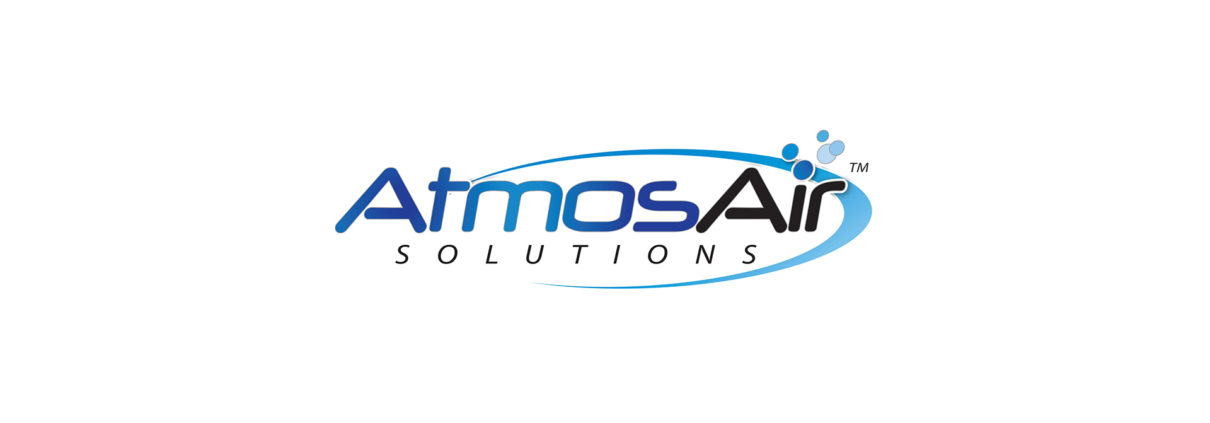AtmosAir Coronavirus Chamber Test FAQ
_____________________________________________________________________________________________________________________________________________________
What was the size of the testing chamber?
The test chamber is 4’ x 4’ x 4’ however the more critical fact is that the ion saturation was calibrated to 1,500 ions per cm3 which is the targeted ion saturation in any space we serve large or small.
Was COVID-19 tested?
No. Tested was human coronavirus 229 E which is one of the 7 known human coronaviruses. 229 E does not have outbreak potential. Outside of government facilities, laboratories will not test viruses with outbreak potential. Analysis from Dr. Philip Tierno Jr., NYU Langone Medical Center: All coronaviruses attach to ACE-2 receptors on human cells by their Protein S spikes on their surface and that is also the main target of the ions. Hence all coronaviruses (including COVID-19) would be affected by the air ions in the same way and be inactivated and destroyed. It doesn’t matter what the strain of coronaviruses is, they all succumb by the same mechanism.
How does this test compare to a real world application?
The chamber simulates a contaminant present in a space saturated by AtmosAir bi-polar ionization. The ion saturation of 1,500 ions per cm3 is what we specify in our typical field application, so the test conditions are reflective of our design parameters.
Does the virus naturally decay after some period of time?
Yes. In the chamber this was seen at the 60 minute mark. In the real world it has been estimated to decay between 4 hours and 72 hours.
How do ions deactivate the virus?
Ions through oppositely charged attraction bond with the surface protein spikes on the virus. The interaction causes the formation of the OH (Hydroxyl) on these protein spikes. The hydroxyl removes a hydrogen from the organism which is then converted back to water. The virus now has a hole in it which deactivates the virus. The virus in this state cannot reproduce, spread and infect in the body, even if ingested.
How long does the interaction between the ions and the virus take?
This can happen in a matter of seconds.
How does this compare to air in a duct system where the air is moving rapidly?
A bi-polar ion system uses the HVAC or duct system as a transport mechanism, a highway of sorts, to get the ions to the target, the occupied space. This is where the interactions in air and on surfaces are happening. Here the ions can have all the exposure they need to allow for the deactivation process to occur.
Would the ions have the same effect on airborne virus as on surface virus?
The interactions described earlier would occur on the virus wherever it is, in air or on surfaces.


